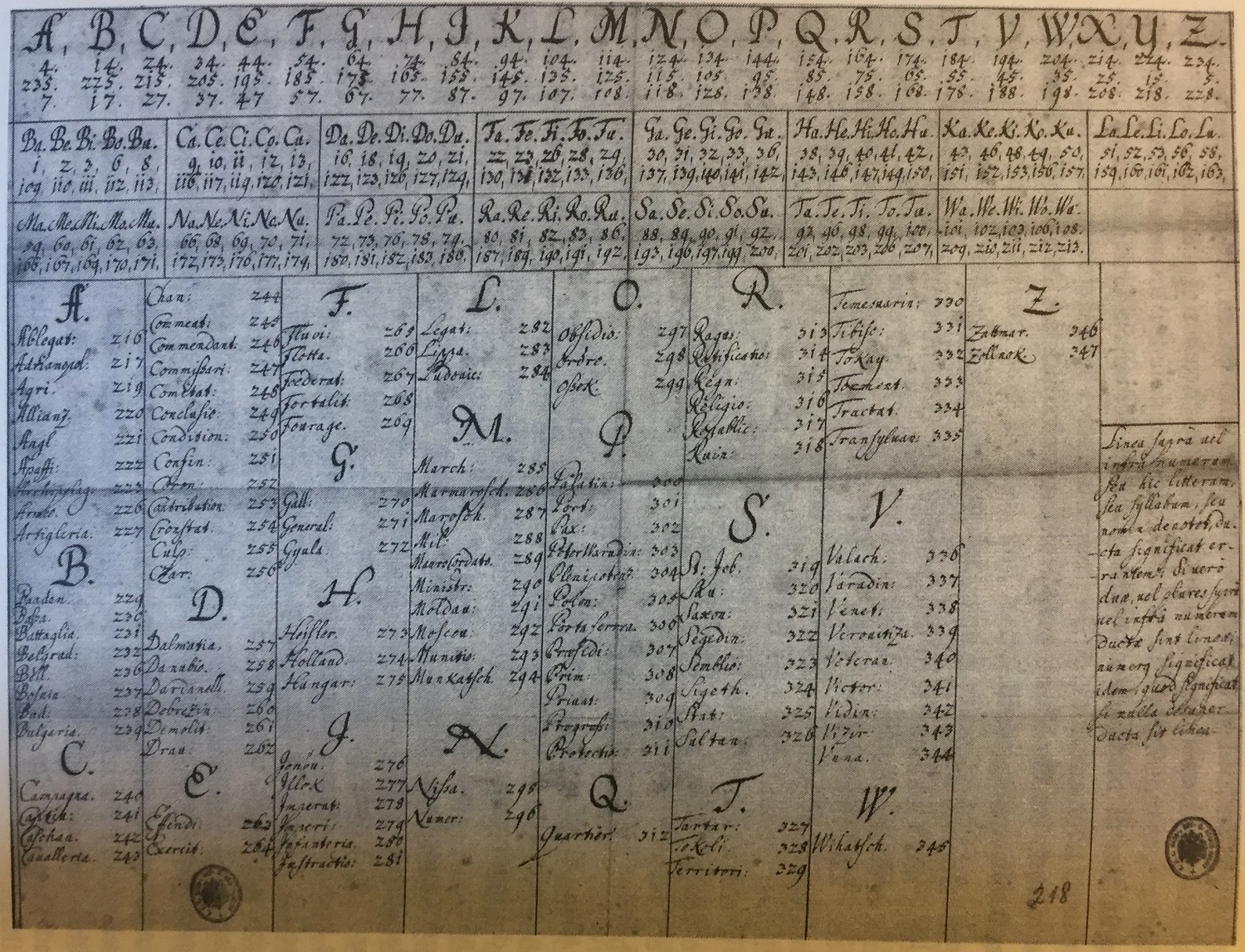|
Polyalphabetic Cipher
A polyalphabetic cipher substitution, using multiple substitution alphabets. The Vigenère cipher is probably the best-known example of a polyalphabetic cipher, though it is a simplified special case. The Enigma machine is more complex but is still fundamentally a polyalphabetic substitution cipher. History The work of Al-Qalqashandi (1355–1418), based on the earlier work of Ibn al-Durayhim (1312–1359), contained the first published discussion of the substitution and transposition of ciphers, as well as the first description of a polyalphabetic cipher, in which each plaintext letter is assigned more than one substitute. However, it has been claimed that polyalphabetic ciphers may have been developed by the Arab cryptologist Al Kindi (801–873) centuries earlier. The Alberti cipher by Leon Battista Alberti around 1467 was an early polyalphabetic cipher. Alberti used a mixed alphabet to encrypt a message, but whenever he wanted to, he would switch to a different alphabet, ind ... [...More Info...] [...Related Items...] OR: [Wikipedia] [Google] [Baidu] |
Substitution Cipher
In cryptography, a substitution cipher is a method of encrypting in which units of plaintext are replaced with the ciphertext, in a defined manner, with the help of a key; the "units" may be single letters (the most common), pairs of letters, triplets of letters, mixtures of the above, and so forth. The receiver deciphers the text by performing the inverse substitution process to extract the original message. Substitution ciphers can be compared with transposition ciphers. In a transposition cipher, the units of the plaintext are rearranged in a different and usually quite complex order, but the units themselves are left unchanged. By contrast, in a substitution cipher, the units of the plaintext are retained in the same sequence in the ciphertext, but the units themselves are altered. There are a number of different types of substitution cipher. If the cipher operates on single letters, it is termed a simple substitution cipher; a cipher that operates on larger groups of letters ... [...More Info...] [...Related Items...] OR: [Wikipedia] [Google] [Baidu] |
